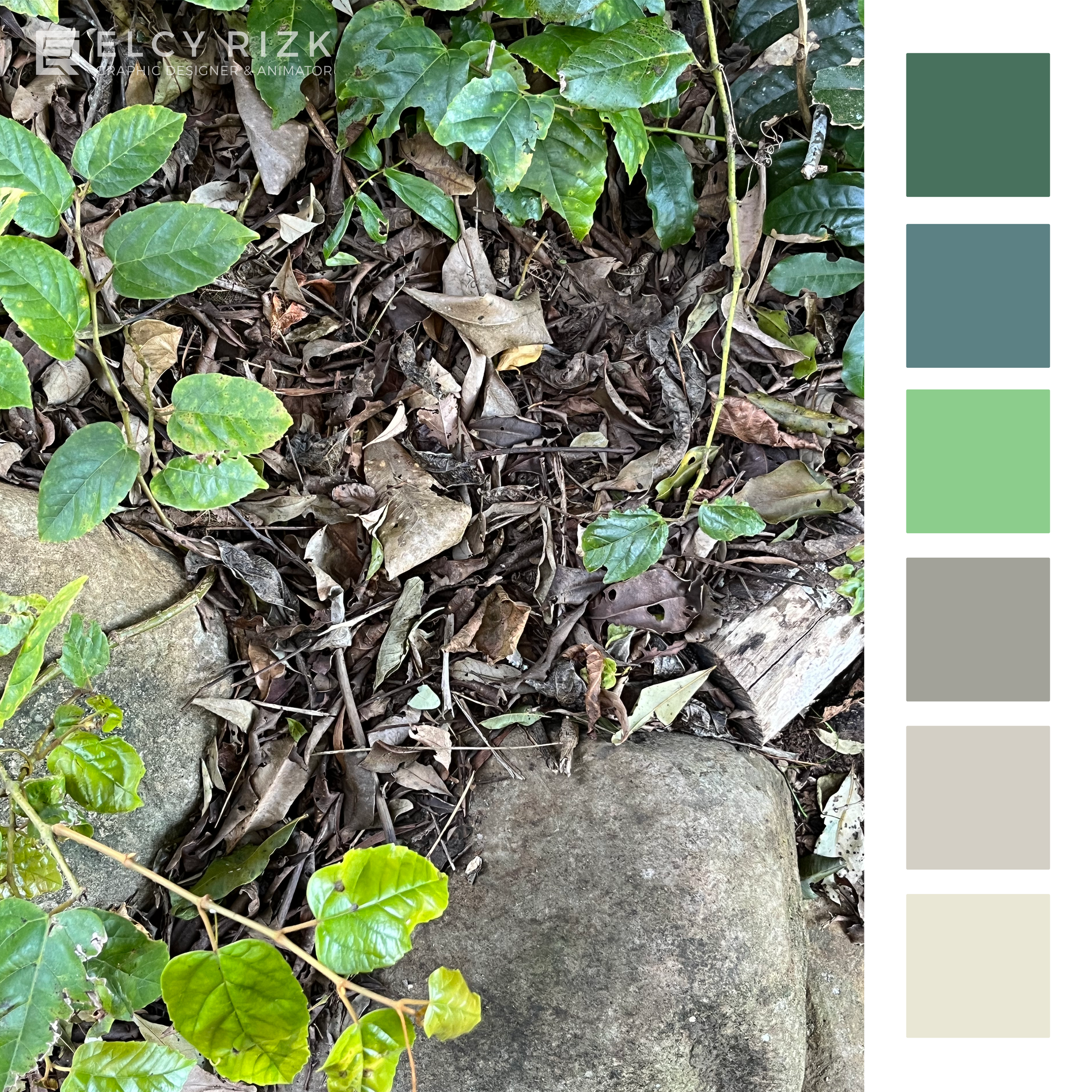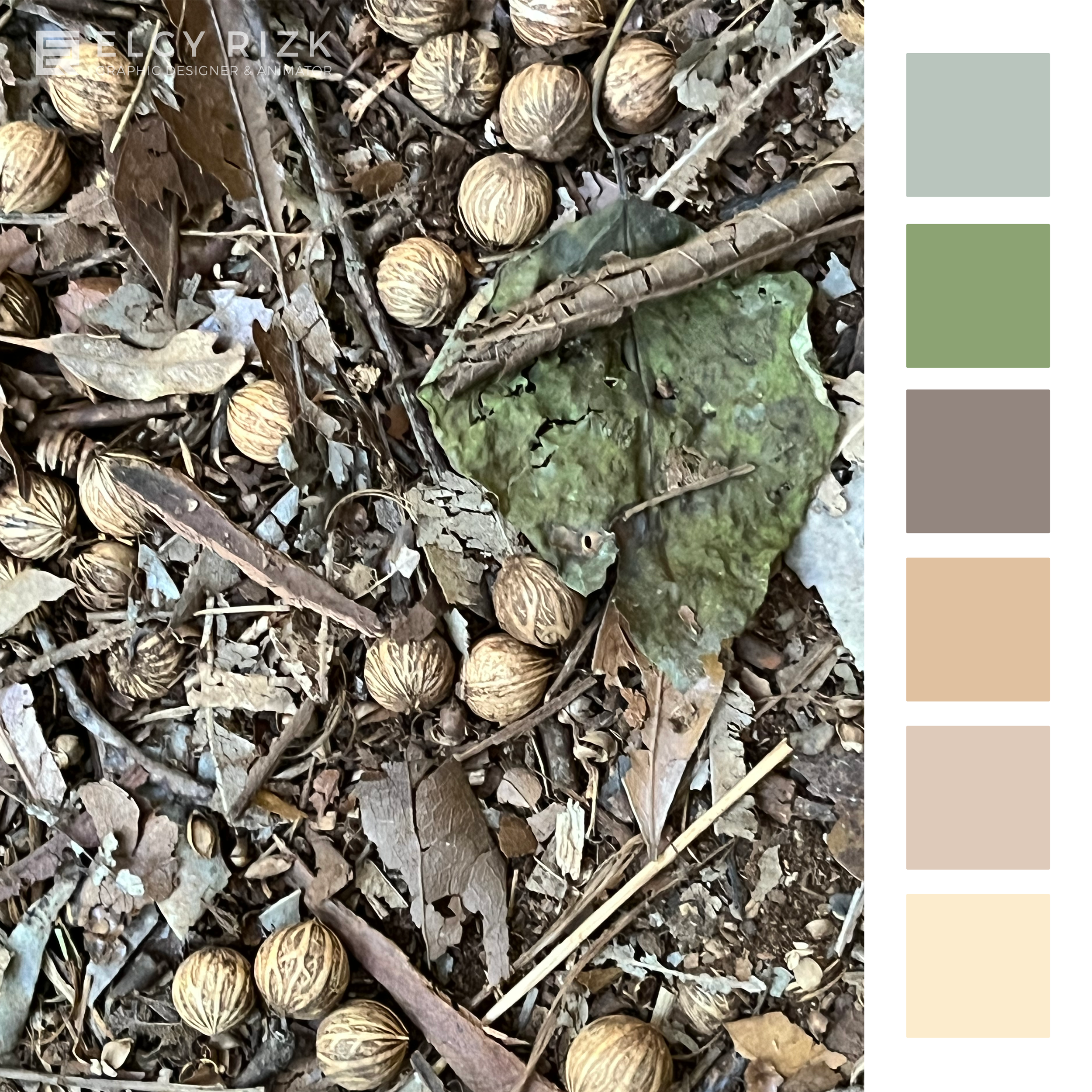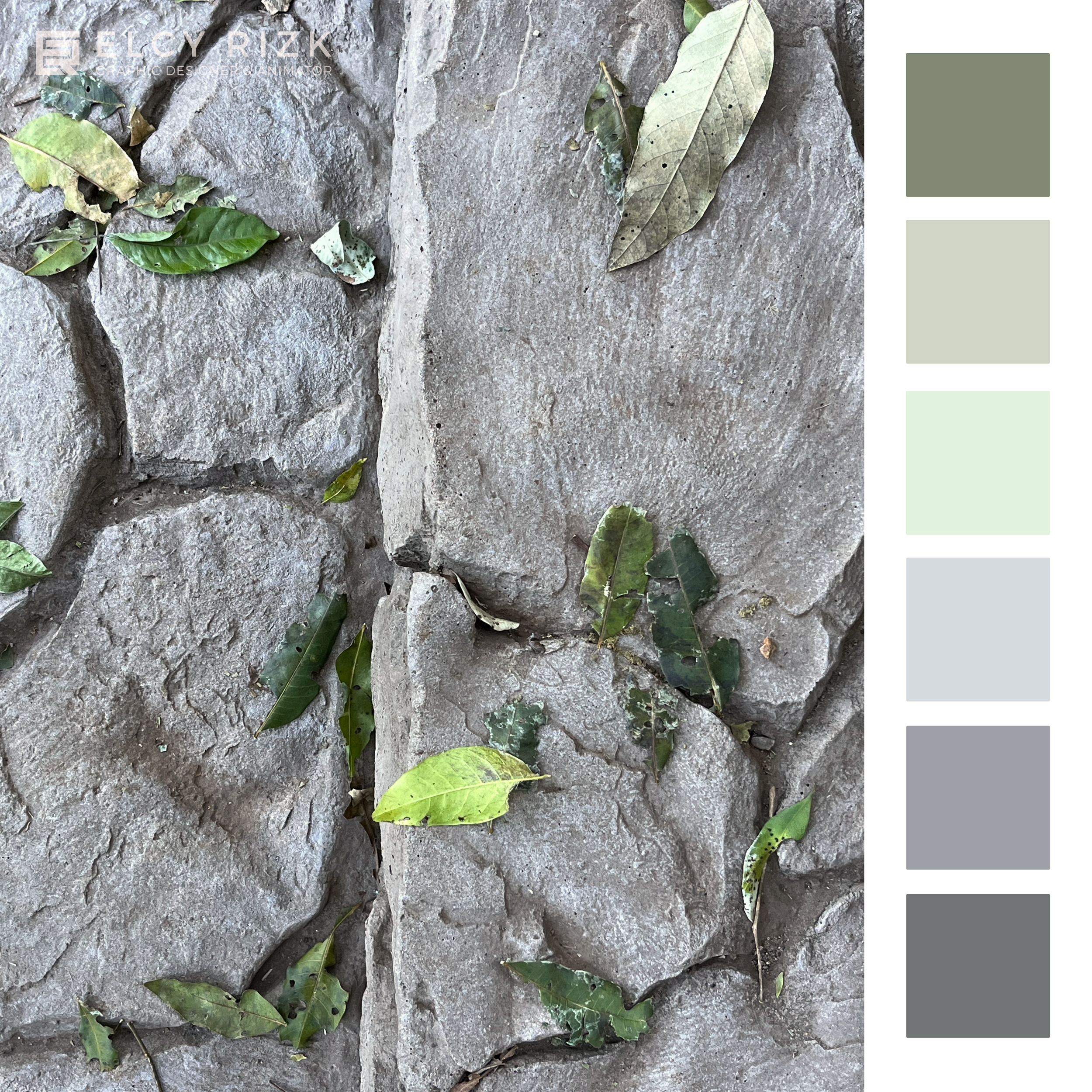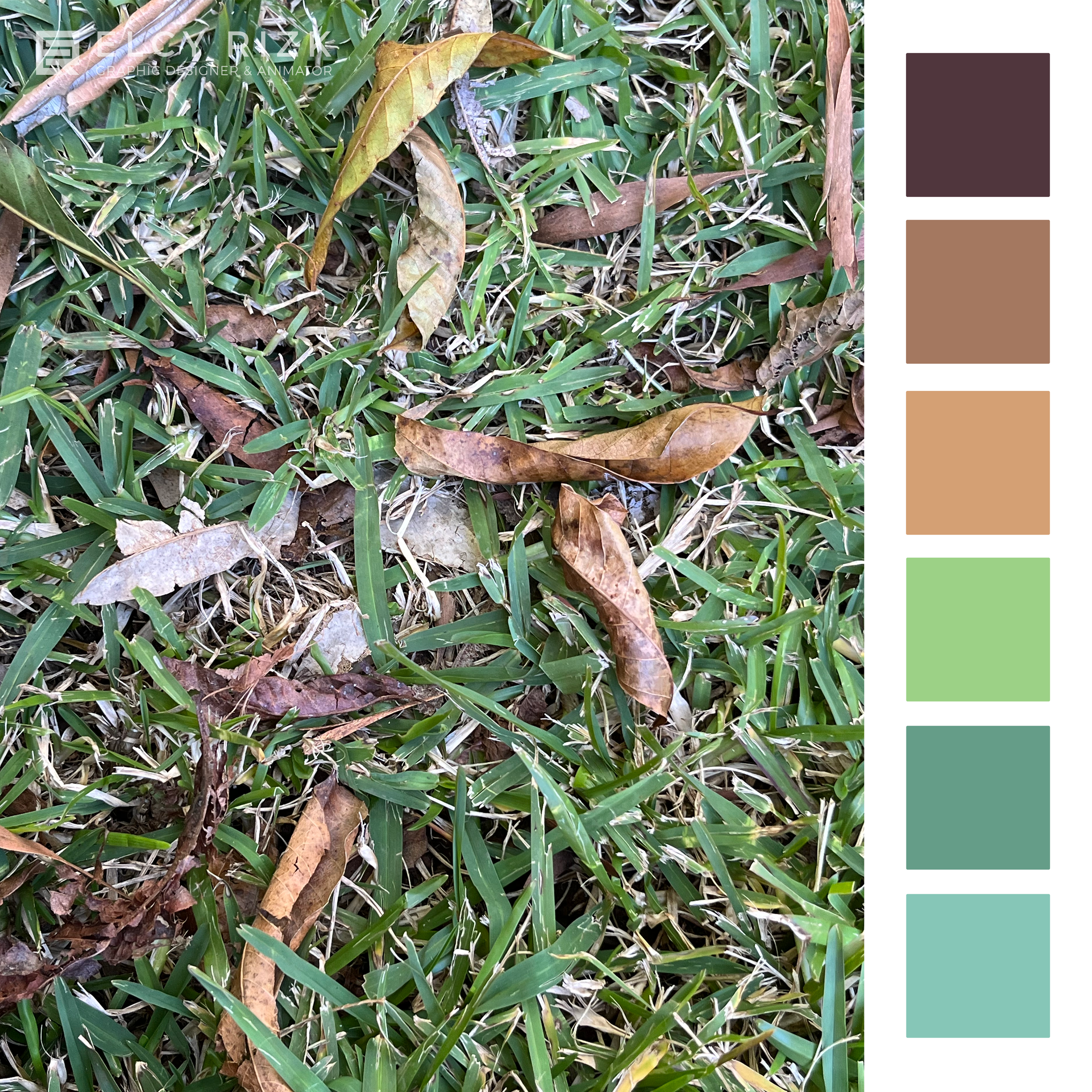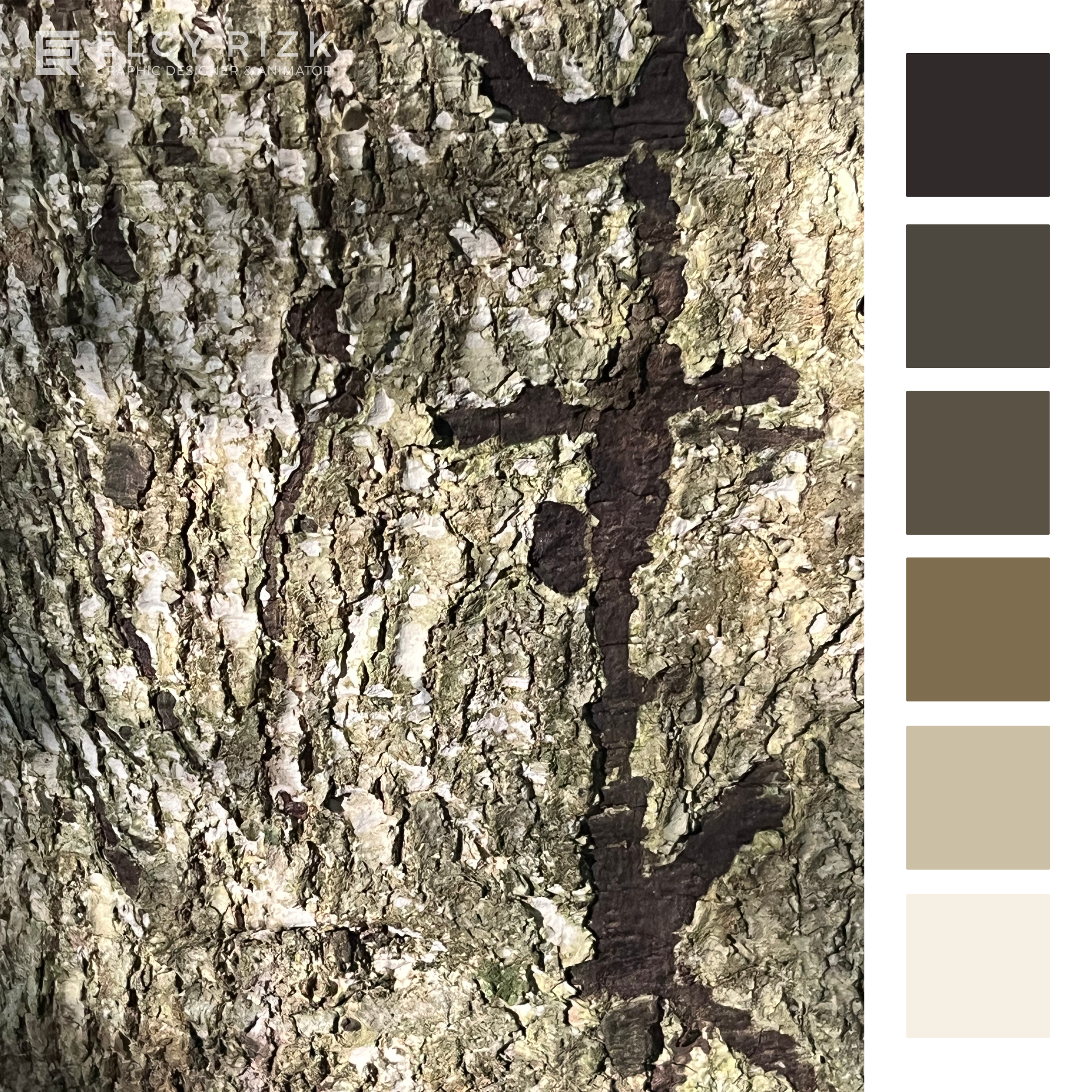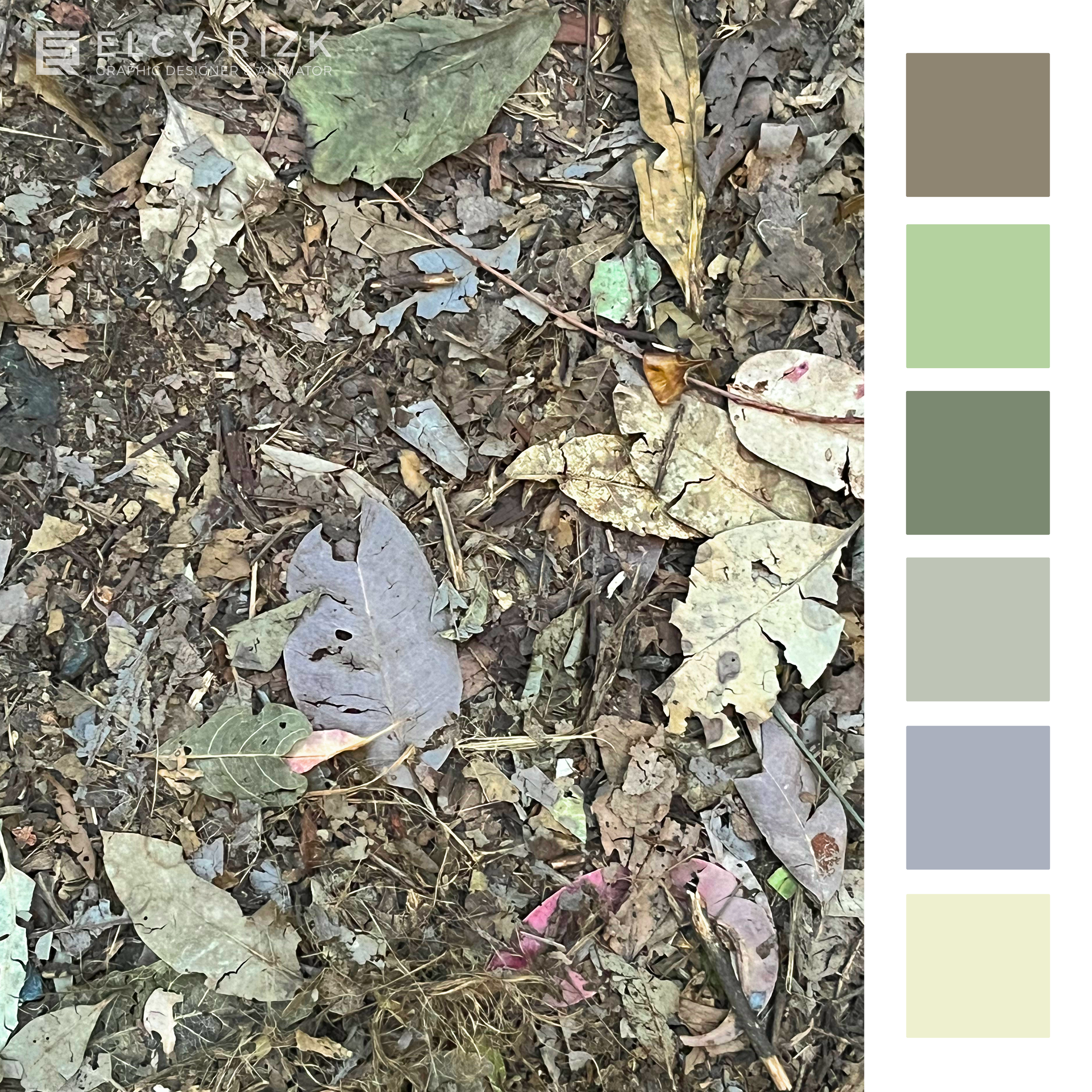In today’s era of personal branding, almost every person now has a social media channel to share their views, accomplishments and interests. Trying to differentiate yourself from the masses is no longer an advantage you can have over others, instead it became a sort of necessity, if not a natural response.
So why is it that when you are sending your resume to an employer or prospective client, and are faced with massive competition, you tend to go with the default black and white, 12-pt, Times New Roman, and 1-column layout?
The answer is never laziness, lack of time, or resources.
Nobody is lazy when it comes to applying to a job they know they are highly qualified to get.
Nobody rushes through preparing their resume and cover letter when they are actively looking for a job.
And nobody lacks an Internet connection or a computer to instantly find millions of free and paid resume templates online.
The reason is simply a matter of conviction.
“I don’t need a nice design to present my CV.”
“I have a great education; I don’t need a colorful resume to scream what I do.”
“Icons, lines, colors, and fonts are all a distraction. The more naked my resume is the more likely it is to be read.”
“A resume with a colorful design is for fresh graduates only because it helps make up for their lack of experience.”
“I’m not a designer to have a nice resume. Nice designs are only for designers.”
… are all thoughts you have had or said outloud at least once.
And if we were to summarize these statements, we would say that your assumption is that a nicely designed resume is either:
1. Less likely to be read,
2. Not necessary,
3. or Making up for weak content
So let’s tackle these 3 points with a few examples and I will let you be the final judge on which resume option is the more successful.
1. Less likely to be read
Let’s say you are a recruiter, manager, or entrepreneur who needs to hire an event planner for your company. You post a job opening in your city and in a matter of days, your inbox is flooded with resumes from all over the world (even though you specified in your ad the only one location!).
So, the dedicated person that you are started going through each and every resume, one by one, sometimes scanned them using CTRL+F to find relevant job experiences and skills, your eyes started to get sore but you still have 30+ resumes to go through today. So, which of the following two resumes are you more inclined to find easy, fast and pleasant to skim through?


